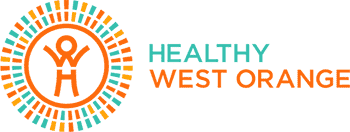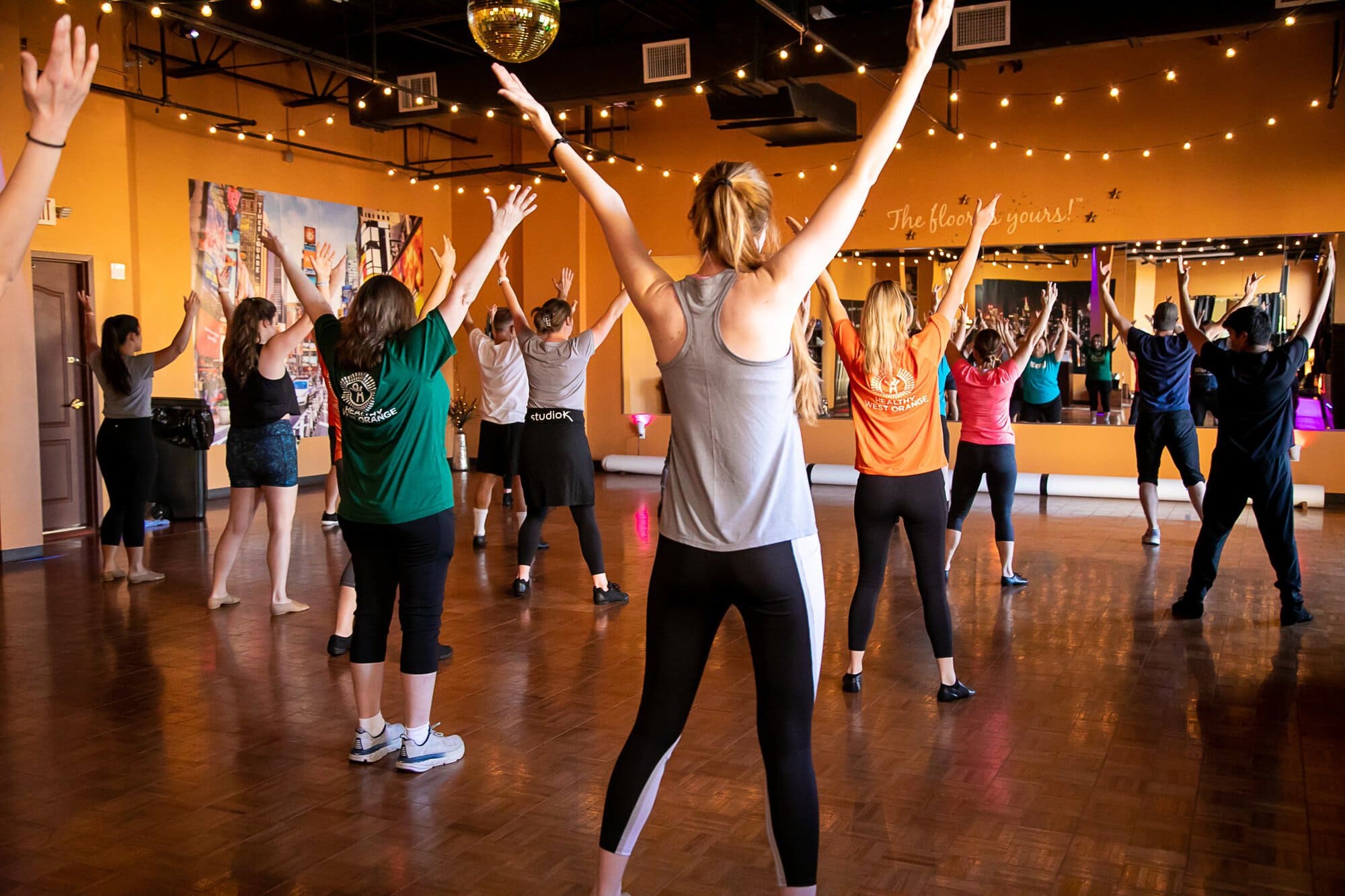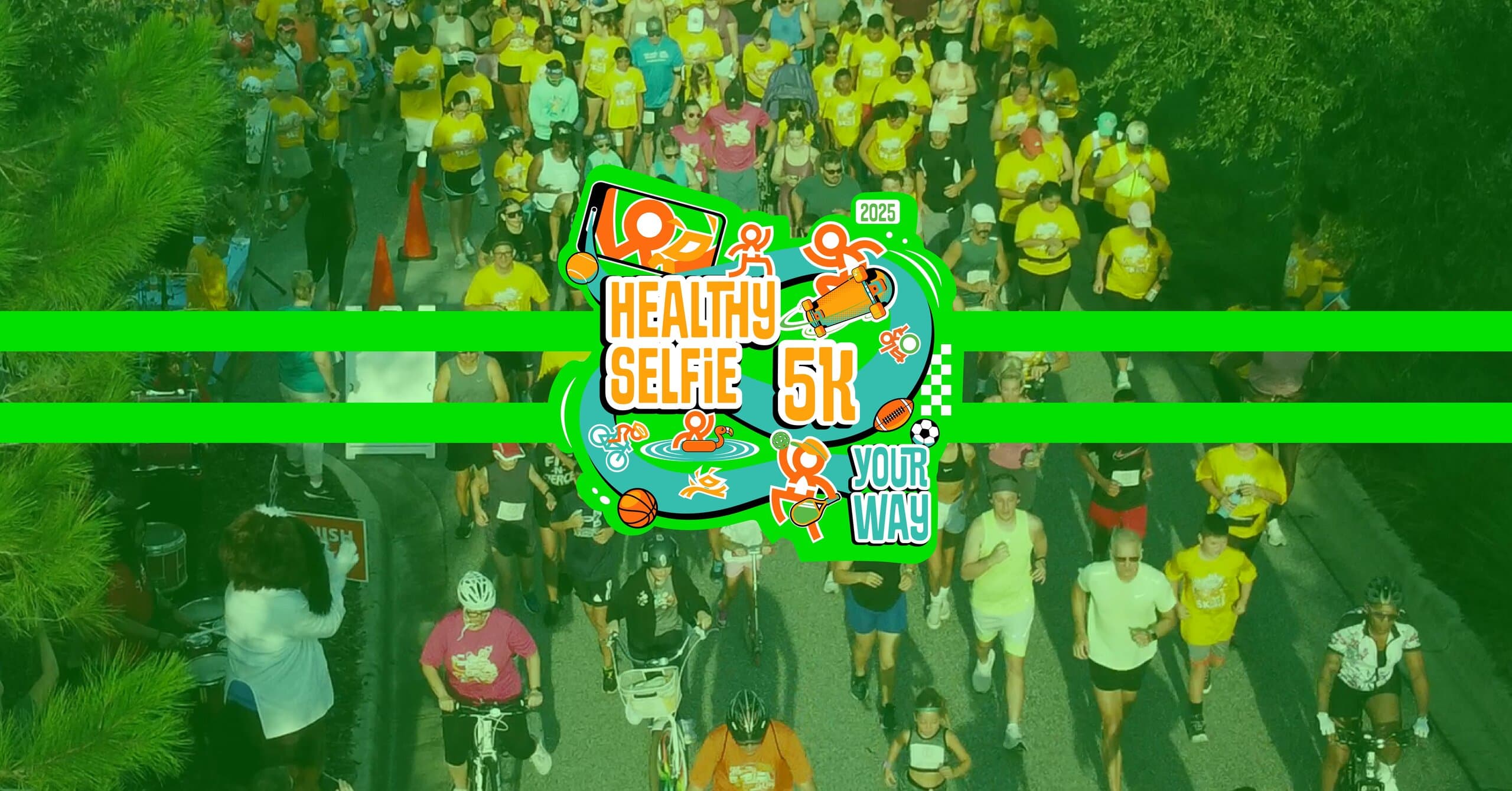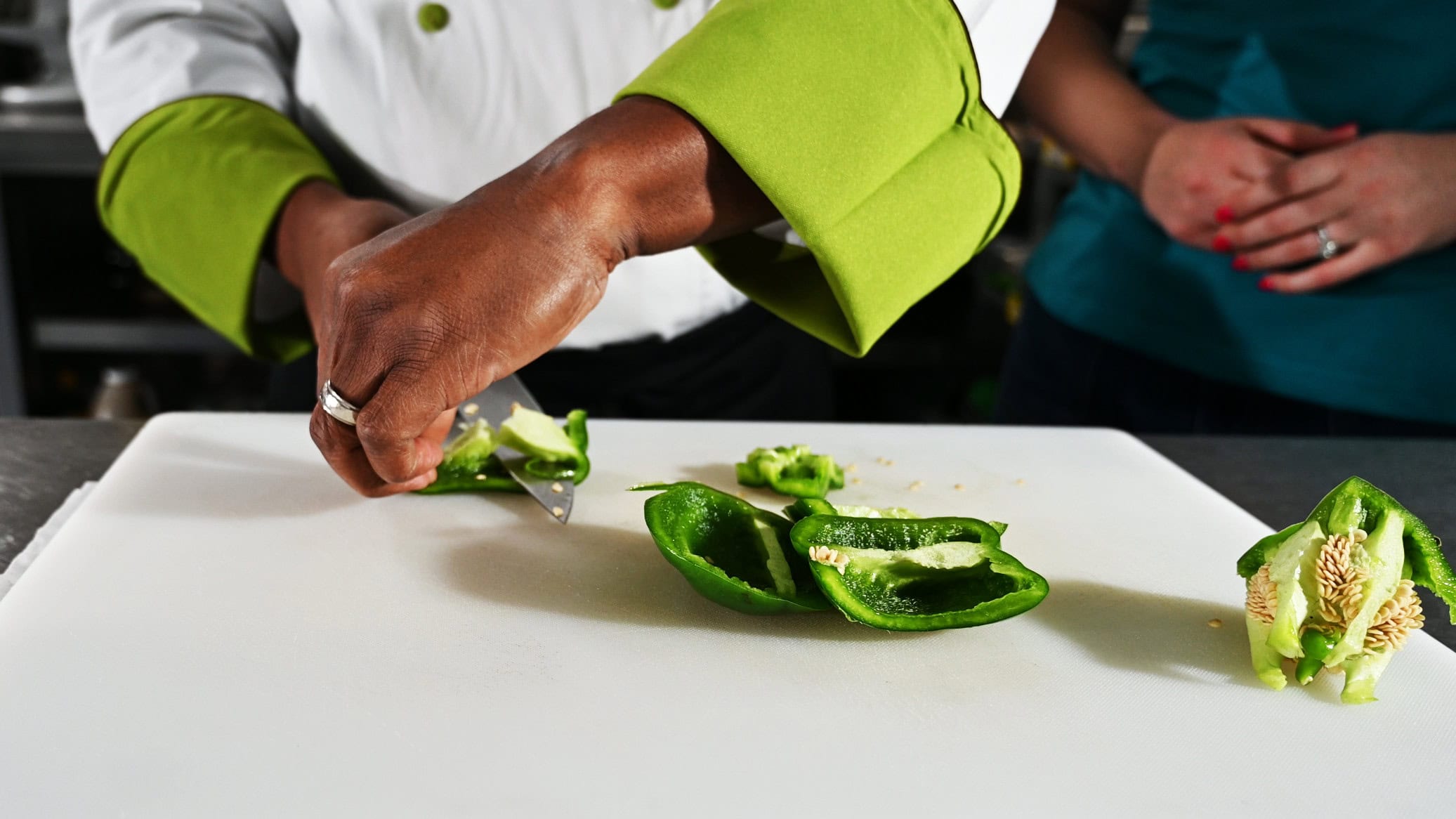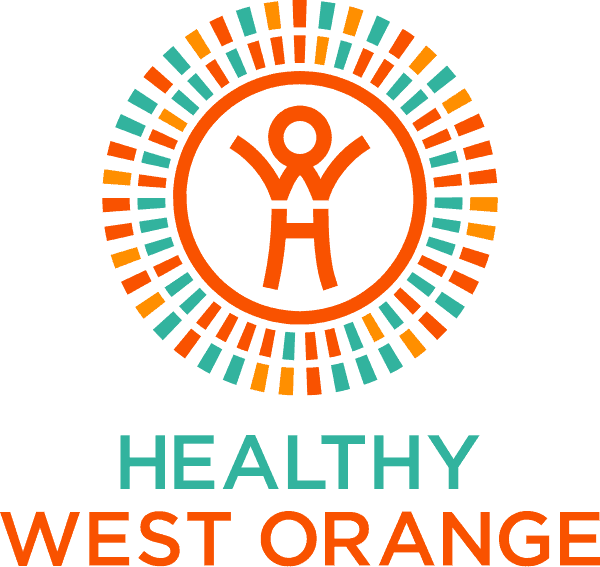Dance: Physical Benefits
Let's Get Physical!
Have you had a love-hate relationship with exercise? With social distancing, are you struggling to even get in some exercise? Well, here's an idea: mix it up, have some fun, and DANCE! It won't even feel like you're exercising!
People often get stuck in a rut because "working out" feels like another task, just another item on your already too big to-do list. No need to punish yourself, the best kind of exercise is the kind you'll actually do. We make time for the things we enjoy, so turn on your favorite playlist and boogie down!
We've partnered with a local dance expert and created a 3-part blog series to give you the low-down about all things dance! Kristin Weissman, Founder and CEO of Studio K, has studied dance for decades, and has seen all the benefits it has to offer. From an exercise aspect, to releasing stress, to teamwork, dance can be an all-around healthy addition to your life!
Break a Sweat!
There are five components of fitness: cardiovascular endurance, flexibility, muscular endurance, body composition, and muscular strength. Rather than isolating those categories, dancing targets all of these AND improves balance, agility, coordination, power, reactivity, and speed.
Q & A with Kristin:
How can dancing be beneficial for physical health?
Kristin: "Dancing provides an incredible health benefit to people of all ages! In addition to its traditional benefits of calorie burning, muscle toning, increased core/overall strength, improved flexibility, and more, it is a form of exercise that also benefits your mental health. When you're feeling great about your workout, you will continue, and if it's fun and makes you feel great, then you are more likely to stay with it continuously, therefore further increasing the long-term benefits it provides. We want to make sure your body is not adapting to the movement, making your muscles work harder and work differently as each style challenges new areas of the body."
If someone has never danced before and is worried they might hurt themselves, how can they ease into dance and modify it?
Kristin: "Most styles of dance are low impact, meaning they are not putting extreme pressure on your joints and are less likely to cause injury. However, as with all forms of exercise, you have to listen to your body. If you feel pain, stop, but a little discomfort as you challenge your body is good as you grow into the movement. Take things slowly, and never be afraid to ask an instructor for modification."
How long does one have to dance to get a good workout?
Kristin: "At Studio K, our classes are structured in one-hour sessions for the ultimate calorie burn and training time, but you can absolutely benefit from 30 minutes or less of continuous movement. You can also build up more over time, but as long as you're moving for any amount of time, the health benefits will follow!"
Check out the next editions of this blog series! We're talking about how dance can benefit mental health and wellbeing, and then showing you all the different ways you can check a dance challenge off of your accomplishments list.
Ready to bust a move and complete Westly's Dance Challenge?! Click HERE to register and learn the official choreography!

What style of dance do you like? Share it with us! We'd love to hear from you in the comments below:

About the Author
Kristin Weissman is the Founder and CEO of local dance studio, Studio K on International Drive in Orlando, FL. Kristin has studied dance for decades, and opened Studio K in 2010. She wanted to create a place where anyone, regardless of their level of dance experience, were instantly welcomed and could dance their hearts out without ever feeling judged in any way. Studio K provides a studio for adults of all levels with a large class variety. Today, Studio K welcomes members from all over the world, and offers 35 styles of dance and fitness
